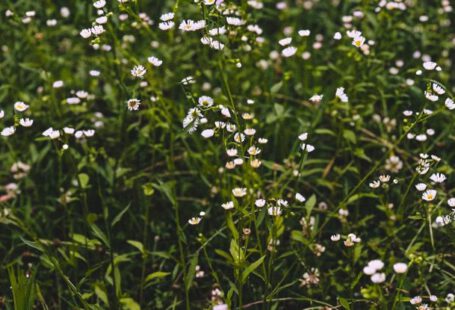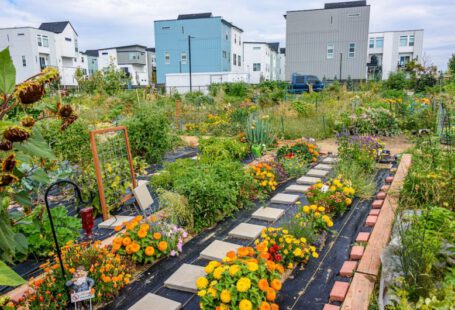Embarking on the journey of starting your own garden can be a rewarding and fulfilling experience. Whether you have a green thumb or are a novice gardener, the prospect of cultivating your own plants and flowers is exciting. However, taking the first steps towards creating your garden oasis can sometimes seem daunting. By breaking down the process into manageable tasks and following some essential guidelines, you can set yourself up for gardening success.
Choosing the Right Location
Selecting the optimal location for your garden is crucial to its success. The amount of sunlight, soil quality, and proximity to a water source are all factors to consider when determining where to plant your garden. Most plants require at least six hours of sunlight per day, so be sure to choose a spot in your yard that receives adequate light. Additionally, it’s essential to assess the soil in your chosen location to ensure it is fertile and well-draining. Finally, having access to a water source nearby will make it easier for you to maintain your garden and keep your plants hydrated.
Deciding What to Plant
Once you’ve chosen a location for your garden, the next step is deciding what to plant. Consider factors such as your climate, the amount of space you have available, and your level of gardening experience when selecting which plants to grow. If you’re a beginner, starting with easy-to-grow plants like tomatoes, zucchini, or herbs can be a good way to build your confidence. Alternatively, if you have more experience, you may want to experiment with more challenging plants or flowers. Make sure to research each plant’s specific care requirements to ensure they will thrive in your garden.
Preparing the Soil
Before you start planting, it’s essential to prepare the soil in your garden bed. Begin by removing any weeds, rocks, or debris from the area to create a clean planting surface. Next, loosen the soil with a shovel or garden fork to improve drainage and aeration. Adding compost or other organic matter to the soil can help provide essential nutrients for your plants and improve soil structure. Mix the compost into the soil thoroughly to ensure an even distribution of nutrients. Taking the time to prepare your soil properly will lay the foundation for a healthy and thriving garden.
Planting Your Garden
With your soil prepared and plants selected, it’s time to start planting. Follow the planting instructions for each type of plant, taking care to space them appropriately to allow for growth. Consider using a garden plan or layout to help you visualize where each plant will go and ensure that they have enough room to thrive. When planting, be gentle with the roots of your plants and water them immediately after planting to help reduce transplant shock. As you plant, be mindful of the specific care requirements for each type of plant to ensure they receive the proper care.
Caring for Your Garden
Once your garden is planted, it’s essential to establish a regular care routine to help your plants grow and thrive. Watering is one of the most critical aspects of garden maintenance, so be sure to water your plants regularly, especially during hot and dry periods. Mulching around your plants can help retain moisture in the soil and suppress weeds. Additionally, fertilizing your plants periodically can provide them with the nutrients they need to grow and produce flowers or fruit. Finally, monitoring your garden for pests and diseases and addressing any issues promptly can help prevent problems from spreading.
Enjoying the Fruits of Your Labor
As you tend to your garden and watch it grow, take the time to enjoy the beauty and bounty it provides. Whether you’re harvesting fresh vegetables, cutting flowers for a bouquet, or simply spending time in nature, gardening can be a therapeutic and rewarding experience. By following these steps and nurturing your garden with care and attention, you can create a flourishing outdoor space that brings joy and satisfaction for years to come.
In Conclusion
Starting your own garden is a fulfilling endeavor that allows you to connect with nature, cultivate your own plants, and create a beautiful outdoor space. By choosing the right location, deciding what to plant, preparing the soil, planting your garden, and caring for your plants, you can set yourself up for gardening success. Remember to enjoy the process, learn from your experiences, and take pride in the fruits of your labor as you watch your garden thrive and flourish. Happy gardening!





